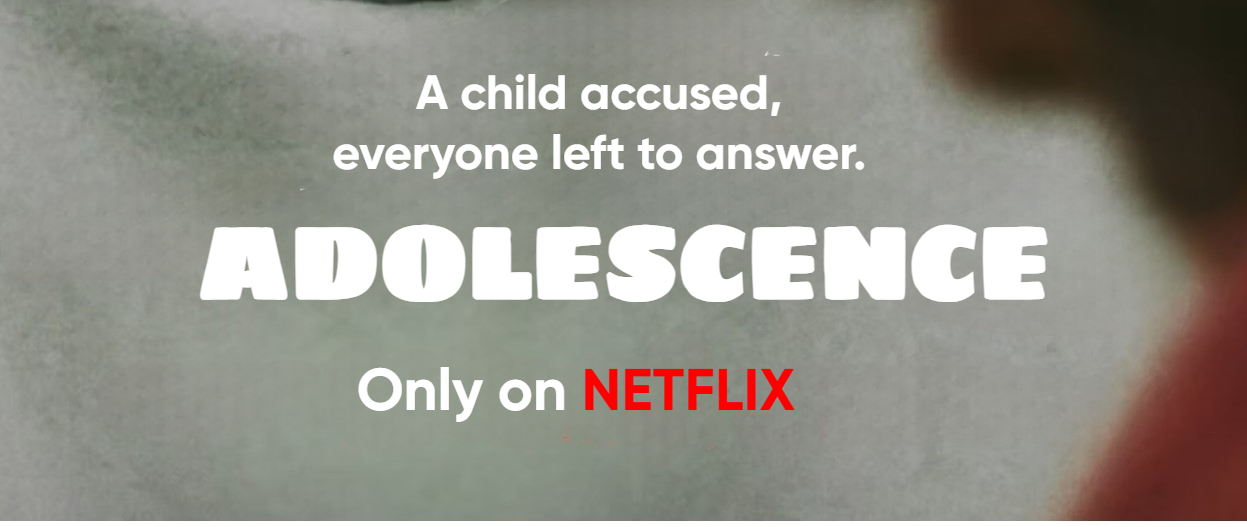In the present digital era, the mental and emotional development of minors is being significantly influenced by online content, social media platforms, and unregulated internet exposure. The legal and moral responsibility of parents and guardians has thus evolved. Where once parenting was supplemented by extended families and communities, today it is heavily challenged by the unrestricted nature of digital access.
This document presents a legal-style overview of these changes and offers practical guidelines for guardianship under modern conditions.
The Changing Environment: From Physical to Digital Influence (Adolescence)
Historically, minors were nurtured within joint family systems where elders contributed to value education and discipline. With the reduction of such systems and the rise of social media, children are now increasingly exposed to content intended for mature audiences.
Key Legal Concerns:
-
Unrestricted Access: A minor has access to the same internet platforms as adults, raising questions of digital consent and age-appropriate content.
-
Exposure to Adult Content: Children are encountering violent, sexualized, and unrealistic beauty standards before developing emotional maturity.
-
Cyberbullying: The nature of harm has changed. Unlike traditional bullying, online abuse leaves long-term digital scars, often with no immediate redress.
-
Mental Health: As per Johns Hopkins University (2023), minors spending more than 3 hours on social media daily are twice as likely to experience depression and anxiety.
Social Media and Identity Formation
Minors now derive self-worth from online interactions, such as “likes,” shares, and comments. Platforms like Instagram and TikTok influence their perception of beauty, relationships, and success—often based on manipulated or AI-enhanced content.
Legal Implication:
-
There is a need for stricter digital literacy measures.
-
Content platforms must be held accountable for unrealistic portrayals and lack of child safety filters.
A 2024 study in JAMA Pediatrics reports that excessive social media use modifies brain function in adolescents, making them more vulnerable to peer validation and emotional instability.
Parental Duties and Responsibilities in Law and Practice (Adolescence)
Parental responsibility under the Guardians and Wards Act, 1890 and other related laws implies a duty to safeguard the child’s physical, mental, and moral welfare. In the digital age, this includes protecting them from virtual harm.
Recommended Practical Measures for Guardians:
i. Introduce Core Values:
-
Teach spiritual grounding, gratitude, and self-reflection.
-
Encourage practices such as yoga, reading, and value-based discussions.
ii. Develop Awareness of Digital Mechanisms:
-
Explain how social media algorithms work.
-
Promote critical thinking and content analysis.
iii. Establish Effective Communication:
-
Engage in meaningful daily conversations.
-
Create a safe space for discussions about bullying, body image, and emotional health.
iv. Enforce Healthy Digital Boundaries:
-
Define “Tech-Free Zones” in the home.
-
Use parental controls to guide—not spy on—children’s activities.
5. Conclusion: A Legal and Moral Reminder
While technological advancement cannot be rolled back, parental involvement must be enhanced. It is imperative that guardians fulfil their legal and ethical role in equipping children with real-world understanding, emotional strength, and a balanced worldview.
In conclusion, the responsibility lies with parents: Are they the primary shapers of their child’s identity, or has that role silently shifted to the digital world?

